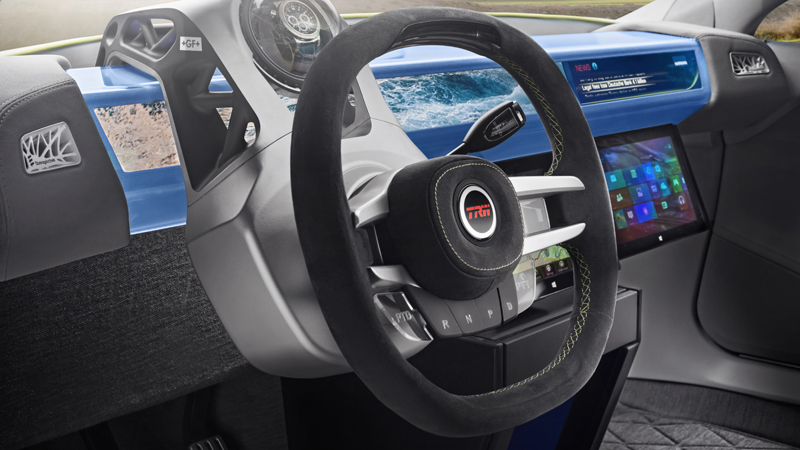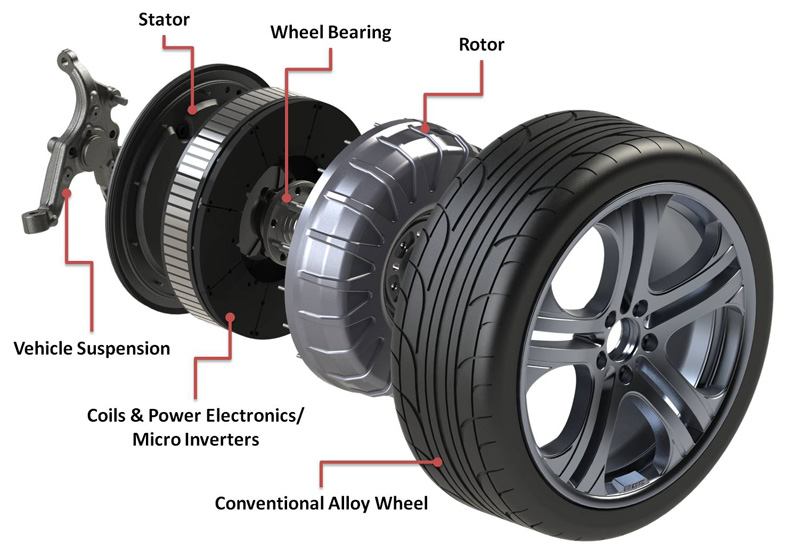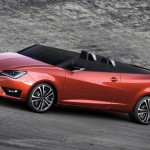New Hope School, a beacon of hope and education for children with special needs in Pretoria, is set to receive a generous donation of…
5 attempts to reinvent the wheel…literally

Exactly who invented the wheel — and exactly when — will likely be debated long into the future.
But regardless of the actual origins of that familiar rotating circular component, one thing remains true: the wheel hasn’t changed much over the years. Sure, wood is no longer the preferred material for construction and most applications now feature a chunky rubber wrapping, but the general design is largely untouched.
And that, of course, makes sense. It’s where the idiomatic metaphor “don’t try to reinvent the wheel†comes in. After all, there’s no point duplicating an already existing and pretty much optimised method.
Or is there? What if the wheel as we know it were to change? What if the automotive world were to take this ancient ingenious invention and actually improve upon it? Well, we rummaged around to find five interesting examples of tech that could do just that.
None of these are in full production use on vehicles right now. Some have been in development for ages, while others are relatively new on the scene. Some have mind-boggling potential, while others are kind of gimmicky. But all are pretty darn cool.
1. The Softwheel
A truly novel idea, the patent-pending Softwheel combines a suspension system and a wheel into a single unit. It came about thanks to an injured Israeli farmer’s insistence on working in his fields, despite being confined to a wheelchair. He came up with the design after his standard wheelchair — and his body — struggled to cope with the harsh off-road conditions.
The system uses three compression cylinders (that double as spokes) to absorb shocks within the wheel, preventing them from being passed along to the chair’s occupant — and in effect creating a floating hub. At the moment, the technology — which in theory supports the ability to adjust the firmness of the ride — is being applied to wheelchairs and bicycles, but there are plans to apply a similar concept to cars in the future.
2. The Protean Electric Wheel

The electric vehicle (EV) as we know it certainly isn’t perfect. And while Protean’s clever wheel design won’t change that overnight, it does have the potential to spawn an altogether new type of electric car. You see, where a typical EV employs an under-bonnet motor, Protean advocates the use of small in-wheel electric motors. This ensures that there is very little energy lost since there is effectively no need for a traditional transmission.
And these direct-drive motors are not only efficient, but bursting with oomph too. In fact, according to Protean, each 34kg motor can generate up to 1000Nm. They’re designed to withstand harsh conditions and may even provide handling benefits. Sure, the idea itself isn’t new – it dates back as far as the 1880s – but Protean’s system moves things a step closer to reality thanks to increased torque output and overall durability.
3. World Moto Wheelies
The tech behind this one has the potential to turn virtually any wheel into a full-colour billboard or video screen. Yes, prepare to be bombarded with advertising every time you glance at a vehicle moving alongside you. World Moto is, of course, targeting advertisers with its invention, but it also says that retail buyers could exploit the “personal digital canvas†as an “inspiring medium of self-expressionâ€. Right.
The man behind Wheelies apparently thought up the idea when he saw a spinning light-saber during a Star Wars film. And, in a method that echoes the invention of the moving picture, he tried combining static patterns to create the illusion of motion on a spinning wheel. Needless to say, he was successful. The result is a wheel with eight blades, each sporting 53 colour LEDs that are individually controlled.
4. TRW Steering Wheel Concept

Yes, this one’s still broadly conceptual, but it’s worth a look anyway. Featured on the self-driving Rinspeed XchangE showcar unveiled in Geneva earlier this year, this steering wheel concept takes the “multifunctional†tag to a whole new level. It boasts an integrated hands-on/hands-off sensor and remarkably flexible positioning of the wheel, allowing the driver to pilot the vehicle, pass control to the front passenger, or have the vehicle drive itself in automated mode.
Furthermore, the gearshift lever, turn indicators, and hooter – each controlled by touch-sensitive transparent switches – have all been integrated into the steering wheel itself, saving some space up front in the cabin. The top of the wheel also features a drive mode manager display, which keeps the driver informed of exactly who or what is in control at any given time.
5. The Tweel
Tyre giant Michelin first unveiled the airless Tweel way back in 2005. As the name suggests, the Tweel is both tyre and wheel: a single unit that replaces the pneumatic tyre, wheel and valve assembly. And, right now, the Tweel is commercially available… but unfortunately only for skid-steer loaders (those fantastic workhorses that do duty in the agricultural, construction and refuse industries).
But there is still hope that one day the Tweel will be, er, “rolled out†to the general automotive world. What are its benefits over the tradition design? Well, despite being more expensive to make, the Tweel is easily mounted on a vehicle and is highly resistant to damage (which also translates into a longer life). It has the potential to provide a comfortable ride as well as good traction. And, of course, since it doesn’t use any air, it can’t burst, leak pressure, or go flat.

